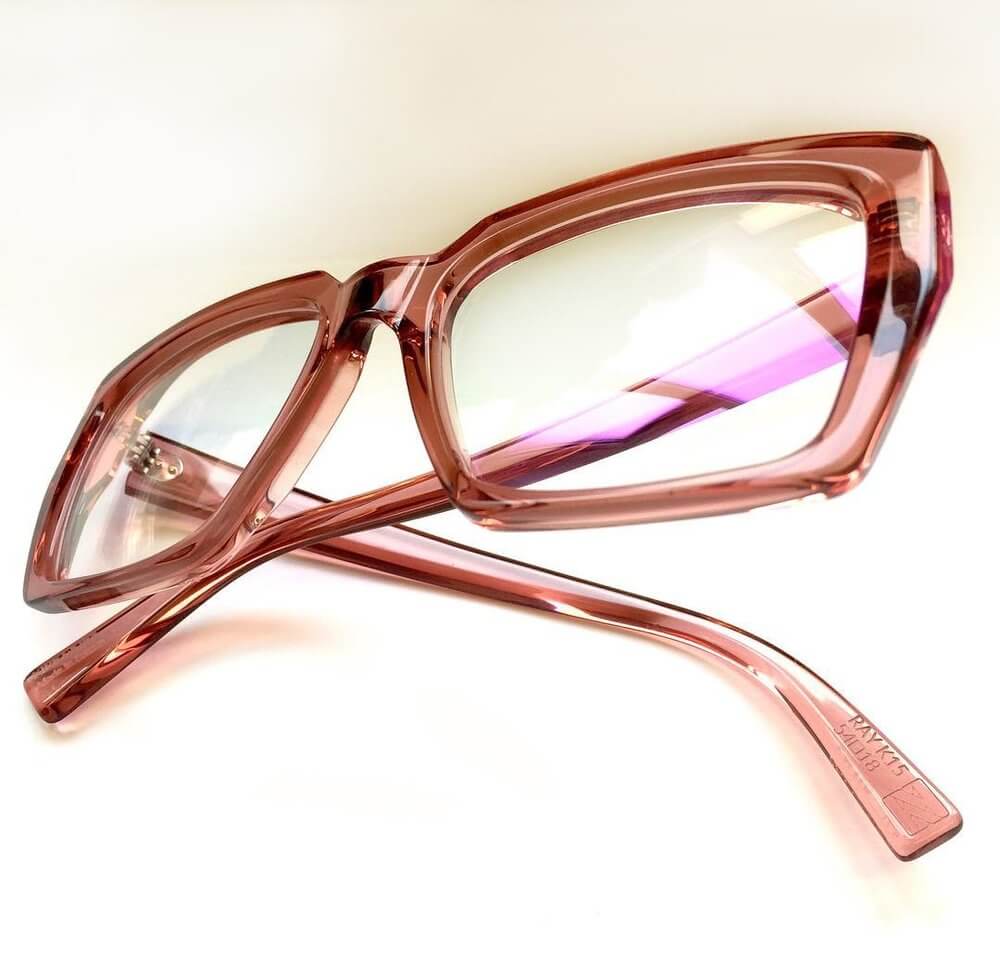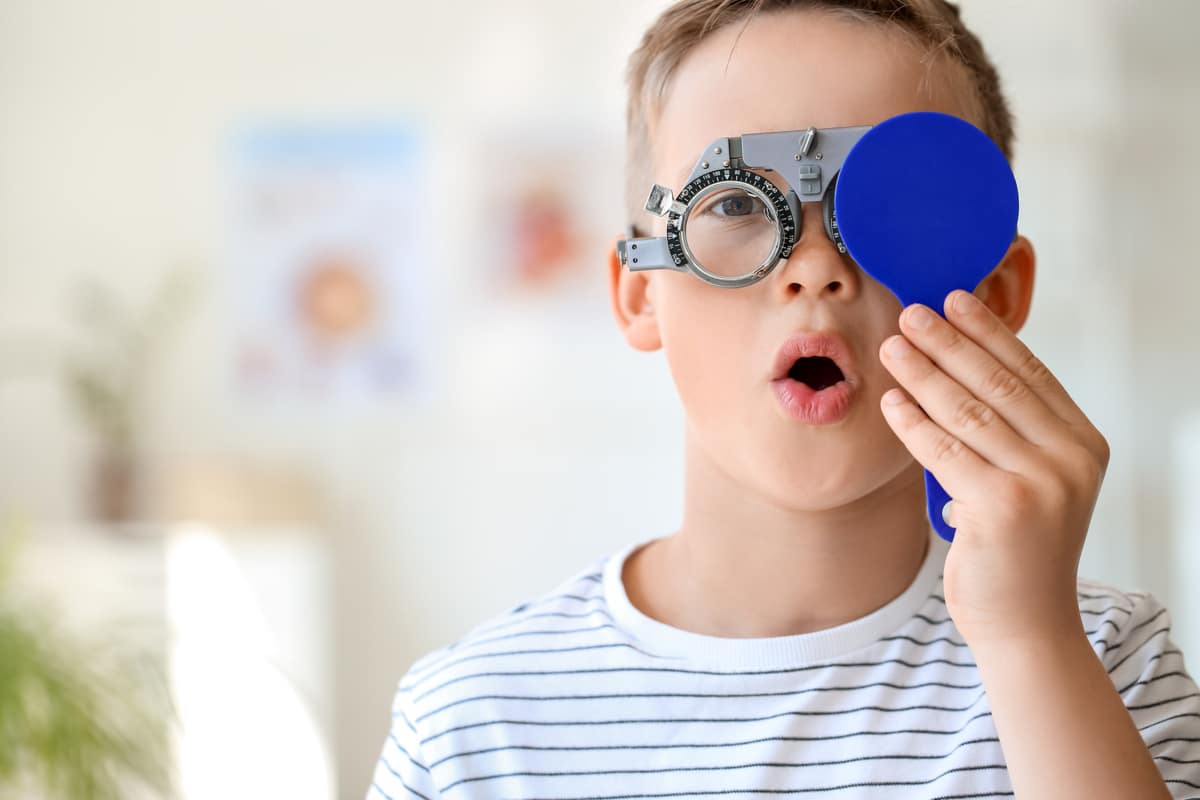Even if you still need to change your vision, talking to your eye doctor about getting new glasses is always a great idea. Continuous improvements are being made to lens technology, which can completely transform your daily wearing experience. If you’re uncertain if you need a new pair of lenses, here’s a closer look at what you should keep an eye out for.
Get an Eye Exam with Refraction

If you’re unsure if you need new glasses, you can ask your doctor for an eye exam with refraction. Refraction is the process of measuring how your eyes focus light. It is essential to an eye exam to figure out the correct prescription for your eyeglasses or contact lenses.
During a refraction test, an eye doctor will use a special instrument called a phoropter to present you with a series of lenses and ask you which ones improve your vision. Based on your responses, the eye doctor can determine the correct lens prescription to correct your vision.
It’s important to have regular eye exams, including refraction tests, to ensure that your eyeglass prescription is up to date and that your vision is properly corrected. Your eyeglass prescription can change over time, so it’s vital to check your eyes regularly to ensure you always see as clearly as possible.
Changes In Your Vision
Changes in your vision are a sign that you may need new glasses. Here are some common changes in vision that may indicate a need for new eyeglasses:
- If you notice that your vision is blurry, even when wearing your current frames, this may be a sign that you need a new prescription.
- If you have trouble seeing at night or if you notice that lights appear to have halos around them, this may be a sign that you need new lenses.
- If you experience eye strain, headaches, or fatigue when reading or using a computer, this may be a sign that you need new lenses.
- If you see double images, even when wearing your current eyeglasses, this may be a sign that you need a new prescription.
- If you find yourself squinting or tilting your head to see clearly, even when wearing your current frames, this may be a sign that you need a new prescription.
- If you need help focusing on objects up close or far away, even when wearing your current eyeglasses, this may be a sign that you need a new prescription.
If you experience any of these changes in your vision, it’s important to schedule an eye exam with an eye doctor. An eye exam can help determine if you need new glasses or other types of vision correction and can also detect any underlying eye conditions that may be contributing to your symptoms.
New Lens Technology May Inspire You to Get New Glasses
New lens technology may be something you want to try out with new eyeglasses, especially if you are experiencing difficulty seeing with your current eyeglasses or if you are interested in exploring new options for vision correction. Here are some examples of new lens technologies that may be a good option for you:
- Digital lenses: Designed to provide sharper, clearer vision across the entire lens surface. They can be especially helpful for people with higher prescriptions or astigmatism.
- Anti-fatigue lenses: Designed to reduce eye strain and fatigue caused by prolonged reading or computer use. They can also help improve contrast and reduce glare.
- Progressive lenses: Multifocal lenses can correct vision at multiple distances, allowing you to see clearly up close, at intermediate distances, and far away without the need for multiple pairs of glasses.
If you want to explore new lens technologies, you and your eye doctor can work together to discover the best technology for your needs.
Getting New Glasses

Getting new eyeglasses is always an exciting experience because new lenses can greatly change your vision and quality of life. It’s essential to check your eyes regularly and update your eyeglasses prescription as needed to ensure that your vision is properly corrected.
If you’re ready to get new glasses, schedule an appointment today.




